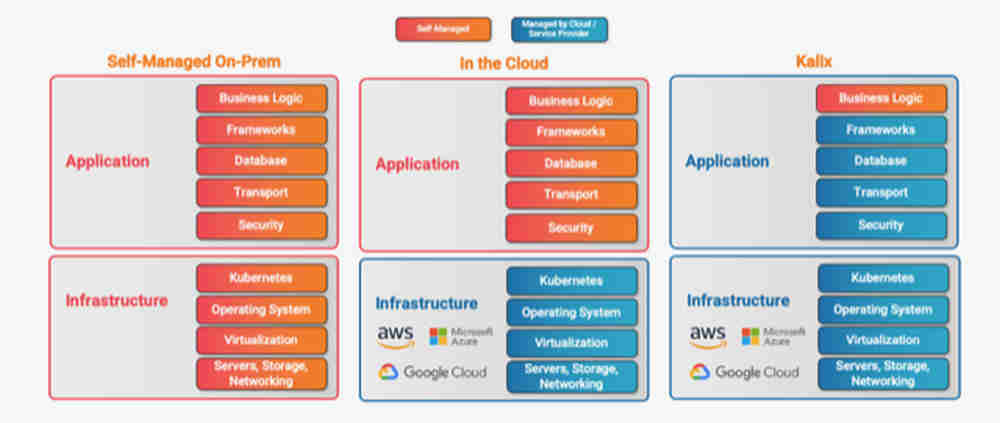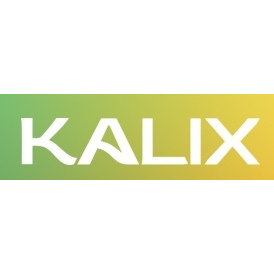| Kalix - NoOps High-performance Microservices and APIs |
| Tuesday, 17 May 2022 | |||
|
What Kalix Platform-as-a-Service promises is massive - a way to write cloud applications based on Kubernetes under a unified API abstracting the lower layers away. We know that Kubernetes is magic, but at the same time hard - hard to setup, hard to configure, hard to operate, hard to write applications on, and this difficulty is a reason of why many are reluctant to let go of their monolith for the microservices world: “Complexity in the cloud ecosystem is slowing down engineering and development teams,” said Jonas Bonér, Lightbend’s founder and CEO. “Kubernetes does an excellent job managing, orchestrating, and ensuring availability and scalability of containers, but that’s only half the story. ”There needs to be an equal investment in the application layer to make it easier for the developer to build complete applications that take full advantage of all the excellent underlying cloud infrastructure we have at our disposal. Kalix is the solution to this critical issue.” Under the current state of cloud infrastructure application developers are also burdened with managing
In response to this Kalix combines an API-first, database-less programming model with a serverless runtime to let developers focus on their business.It allows them to create the data objects that make sense for their service without needing to know how that data needs to be persisted in the durable storage, while the services created under Kalix can contain both stateful and stateless components. The main benefit here is zero-ops experience;no need to set up databases, configure service meshes or tune caching layers.Neither caring about the underlying infrastructure, including databases, message brokers, caches, service meshes, and API gateways. All functionality is provided out-of-the-box and transparent to the developer. As such Kalix frees and enables developers to use the skills they already have to build mission-critical, stateful applications in a serverless architecture incorporating advanced data access patterns like Event Sourcing, CQRS, and CRDTs without having to learn how to implement them. All they need to build their stateful serverless service is choose a state model and let Kalix handle the data management; then use one of the available language SDKs, Java, Scala and JavaScript included.
At a glance,Kalix's features:
Kalix is multiplatform and there are binaries for Windows,MacOS and Linux. Setup is easy, let's take on Linux for instance :
Then pick your language of choice. From that point it's best to work with the publicly available samples which are plenty. Take Java for instance:
By signing up for a free trial you can start by initially investigating and trying it out for yourself to check whether it covers your needs, and later on under a Pay-as-you-go model scale as you see fit.
Kalix addresses a hot topic, hot because it hinders many from adopting the cloud infrastructure and it was about time that someone thought about it and moreover did something about it. Maybe the time has come to look at embracing the cloud from another angle, the Kalix angle? More Information
Related Articles The Cloud Native Application Architecture Nanodegree - Foundations
To be informed about new articles on I Programmer, sign up for our weekly newsletter, subscribe to the RSS feed and follow us on Twitter, Facebook or Linkedin.
Comments
or email your comment to: comments@i-programmer.info |
|||
| Last Updated ( Tuesday, 16 May 2023 ) |





